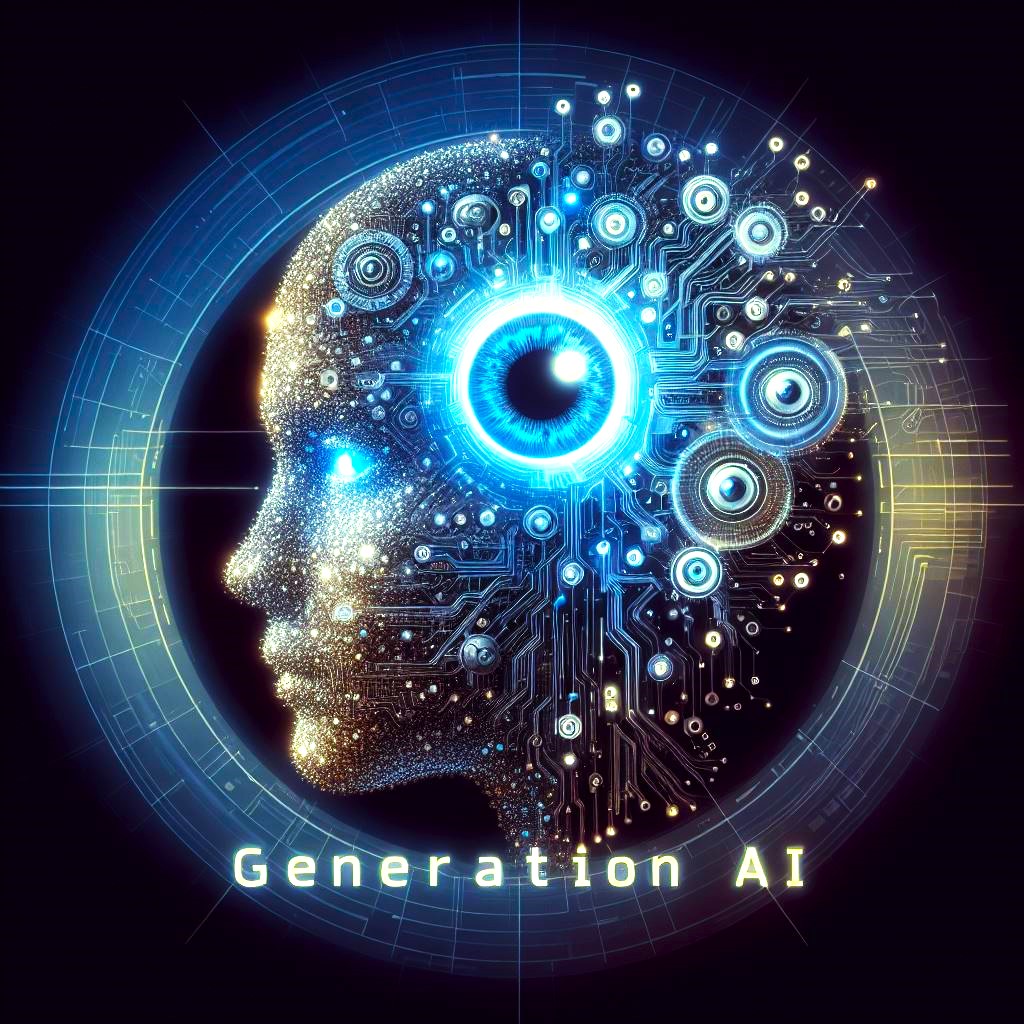Voyager 1, launched in September 1977, holds the distinction of being the furthest human-made object from Earth.
It embarked on an incredible journey, venturing beyond the boundaries of our solar system and into interstellar space.
Here’s the latest update on this iconic spacecraft
Communication
On 14th November 2023, Voyager 1 experienced an unexpected glitch, rendering its binary communication code with NASA’s flight team incomprehensible.
However, after several months of indecipherable signals, Voyager 1 has resumed clear communication with Earth. On 20th April2024, the spacecraft reported back to its NASA team, detailing its health status for the first time in five months.
Although it is not yet transmitting scientific data, Voyager 1 is providing valuable information regarding the health and functionality of its onboard engineering systems.
Historic
Thirty-five years post-launch, Voyager 1 marked a milestone as the first human-made object to exit the solar system and enter interstellar space.

Six years thereafter, in 2018, Voyager 2 emulated its predecessor, venturing beyond the sun’s dominion. Together, these spacecraft stand as humanity’s lone envoys in the cosmic expanse, bearing our scientific endeavours and inquisitive spirit.
Technical repair
In March, the team operating NASA’s Voyager 1 sent a command to the spacecraft, which triggered its flight data subsystem (FDS) to transmit a complete memory readout to Earth.
The analysis of the memory dump reportedly indicated that the malfunction was due to a piece of corrupted code on a single chip, accounting for approximately 3% of the FDS’s memory.
While it’s not possible to physically repair or replace the chip, the team is adeptly shifting the problematic code within the FDS’s memory. This process apparently involves dividing the code into segments and reallocating them to different storage areas, with the goal of maintaining the smooth operation of Voyager 1’s systems.
Clever
Ultimately, Voyager 1’s recent successful communication serves as a remarkable example of human creativity and determination in space exploration. Even from its extraordinary distance from Earth, the venerable spacecraft continues to provide important updates on its status and insights into the unknowns of interstellar space.
15 billion miles and counting
Voyager 1 is approximately 15 billion miles from home. It takes about 1 day for information to travel from Voyager to Earth. Voyager 1 is travelling at an estimated speed of: 38026
Voyage One mission status





































